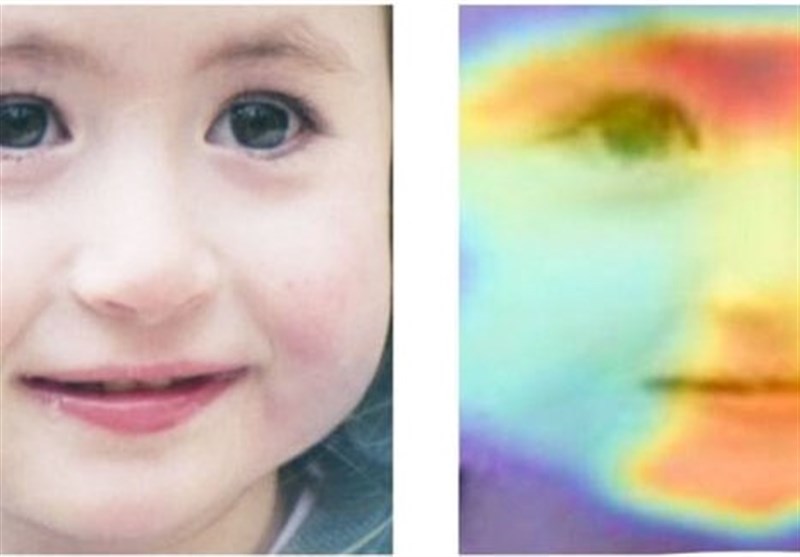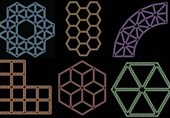AI Can Be Used to Diagnose Rare Disorders with Just A Picture
TEHRAN (Tehran) - Rare disorders like Noonan syndrome often show up in people’s appearance that is recognizable with artificial intelligence.
Rare disorders often show up in someone’s appearance. Individuals with Noonan syndrome—a genetic condition that inhibits the body’s growth and development—can have wide-set eyes, for example, and those with Bain type intellectual disability—caused by a mutated gene on the X chromosome—sport almond-shaped eyes and small chins (see above). Now, researchers have trained artificial intelligence to recognize these features, paving the way for early—and cheap—diagnoses, Science Mag reported.
Scientists built a computer program, DeepGestalt, and trained it on a publicly available data set of more than 17,000 photos of patients affected by more than 200 rare disorders. The program then used deep learning to recognize which patterns of markers were linked to hundreds of different genetic syndromes.
In a test with 502 new images, DeepGestalt successfully placed the correct syndrome in its top 10 list 91% of the time, the researchers report today in Nature Medicine.
The program also outperformed doctors in spotting patients with Angelman syndrome and Cornelia de Lange syndrome—an inherited genetic mutation that can cause, among other symptoms, low-set ears and an upturned nose—versus other disorders, and in separating patients with different genetic subtypes of Noonan syndrome.






